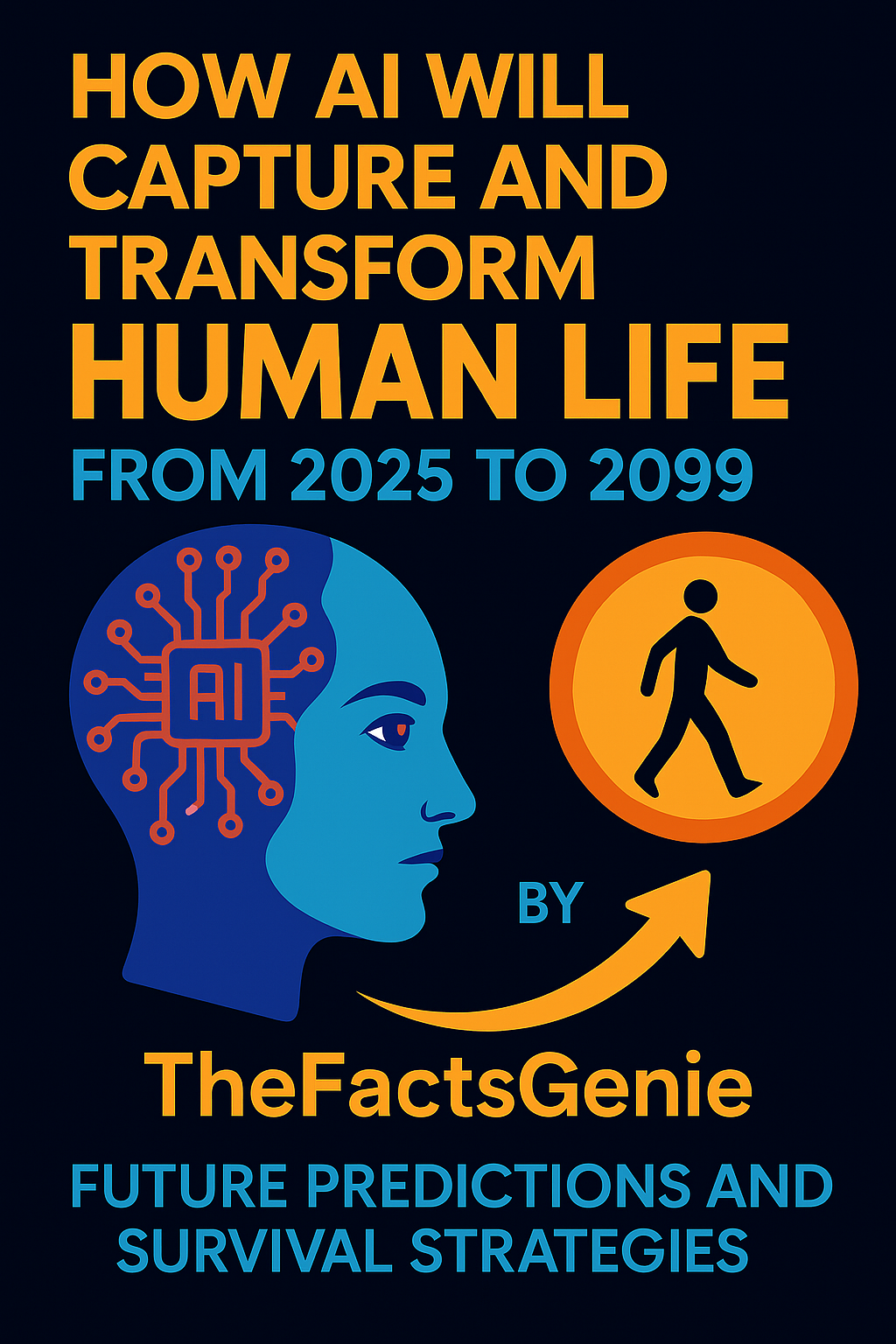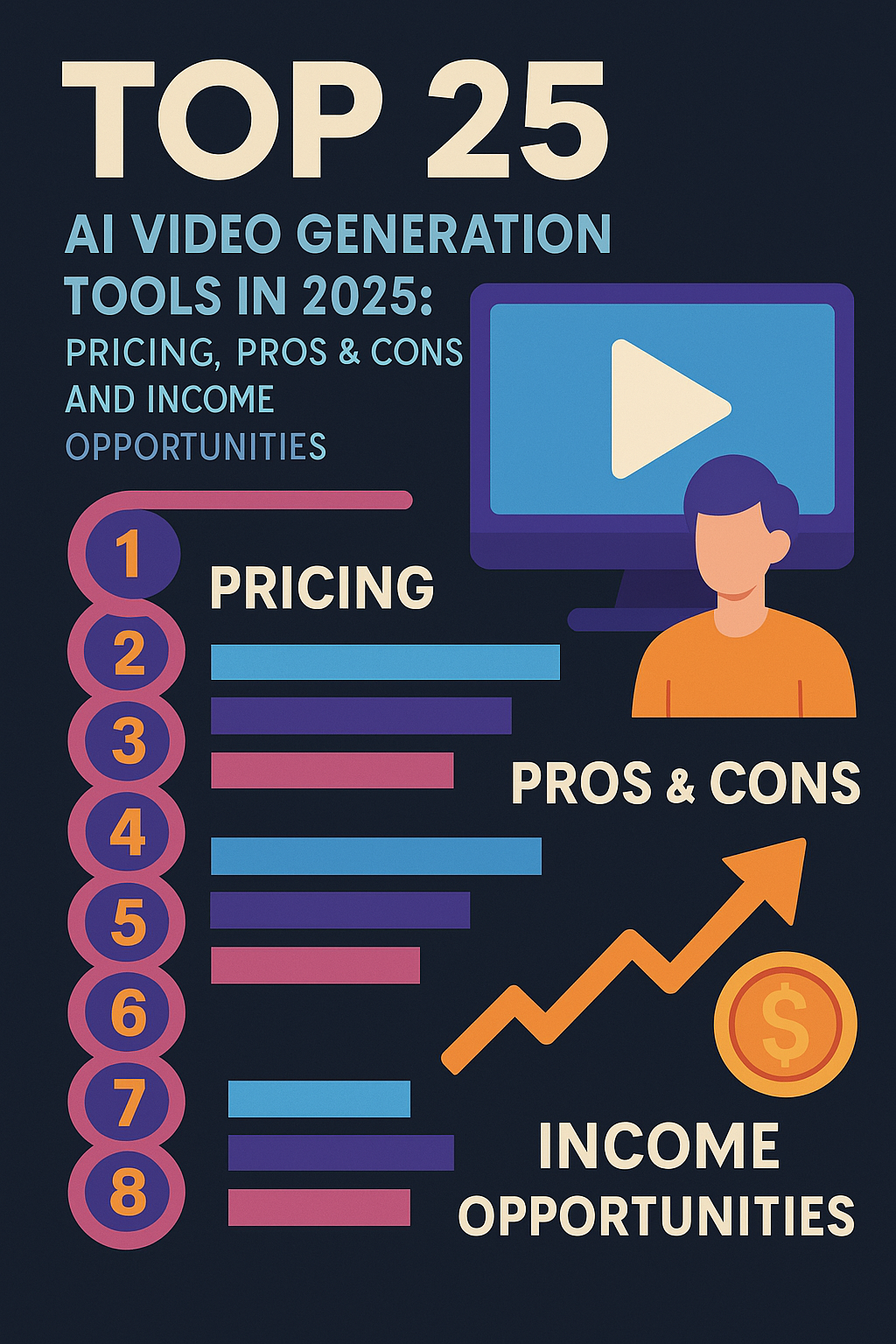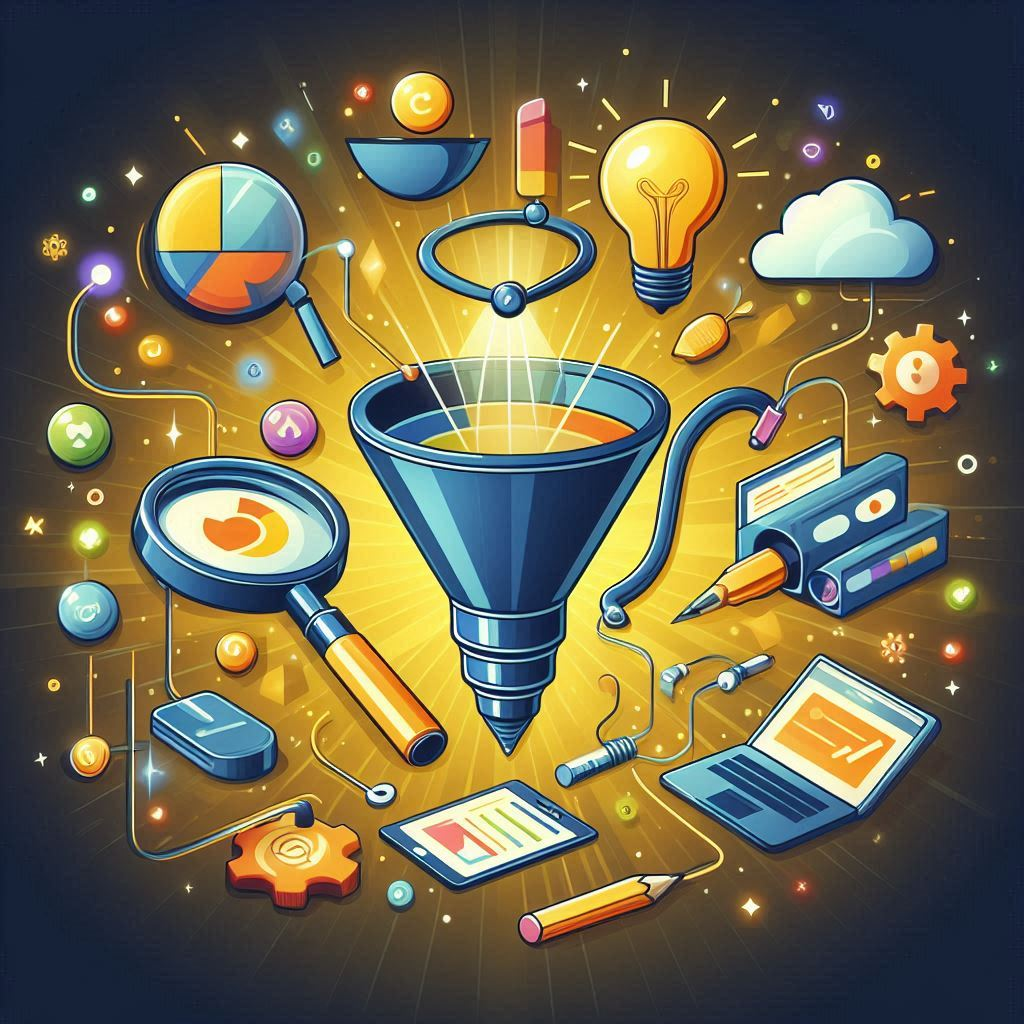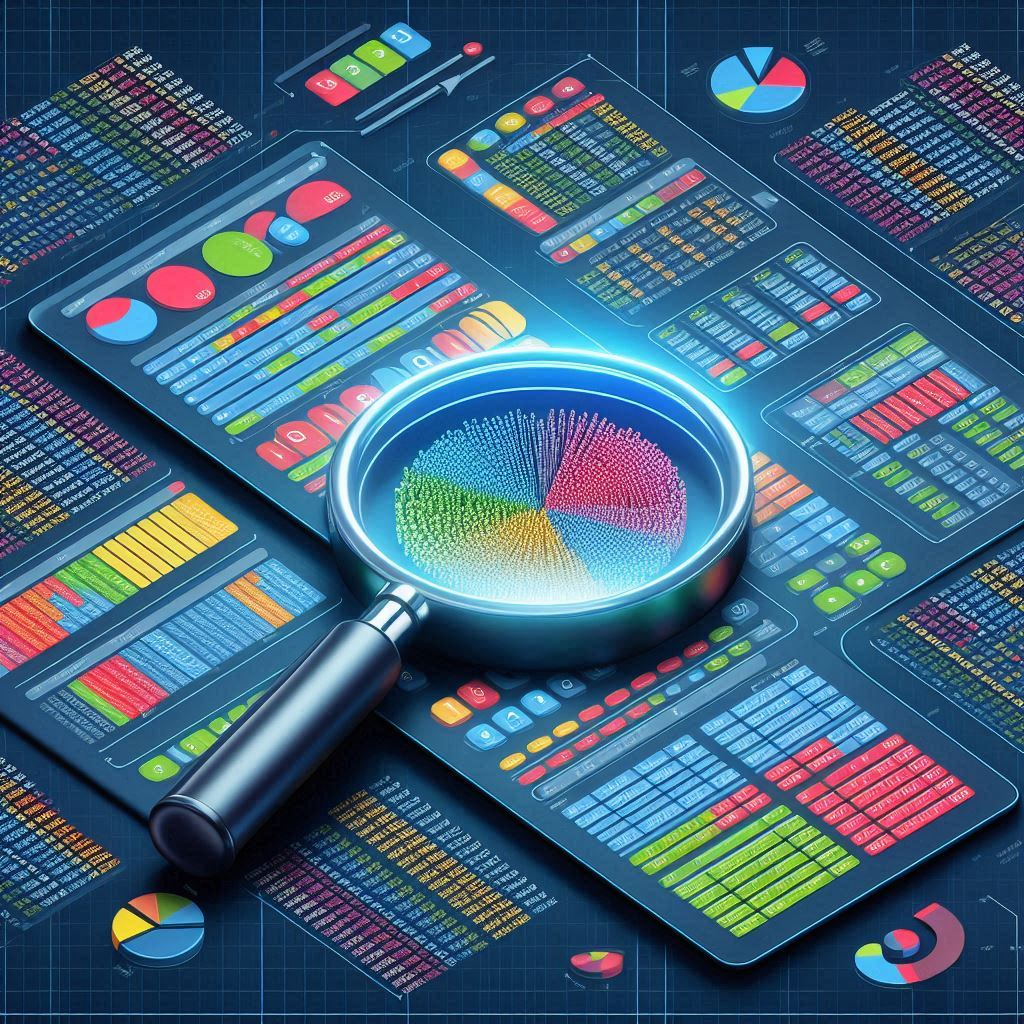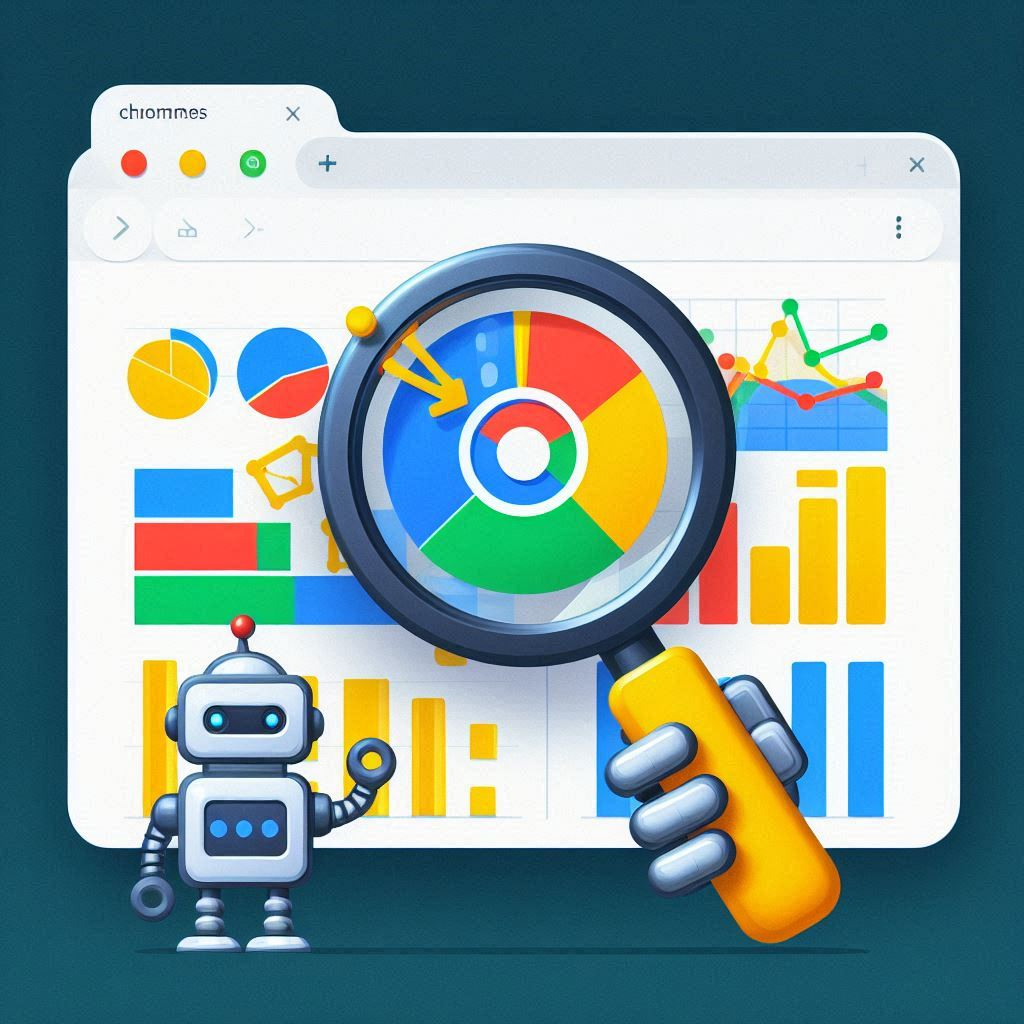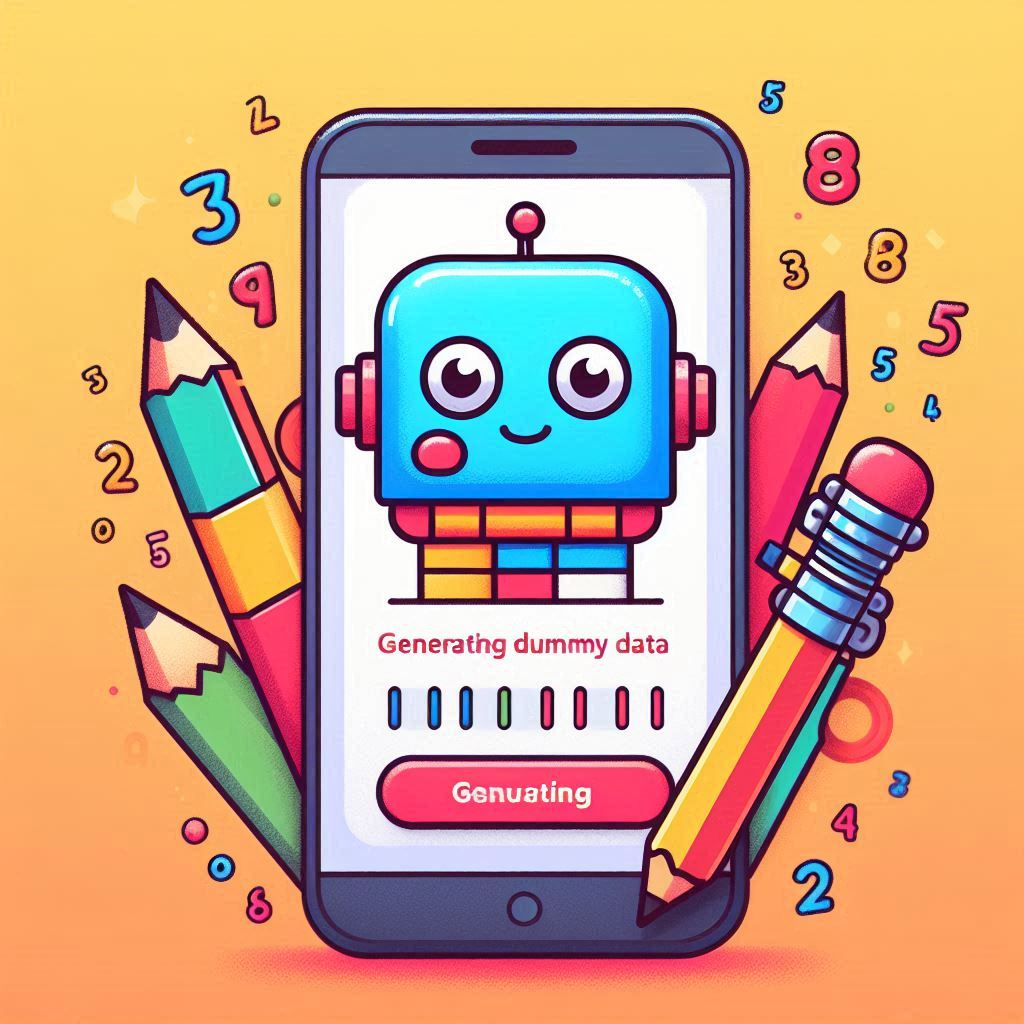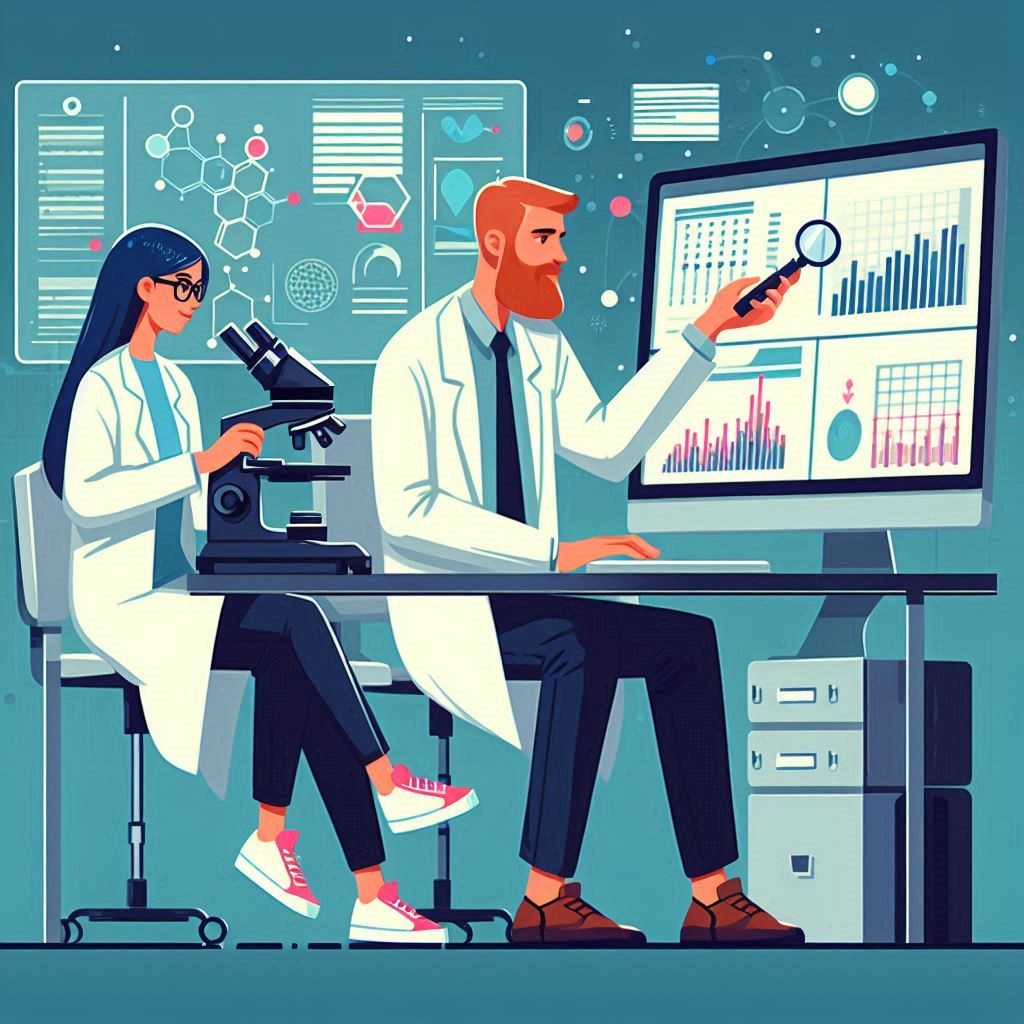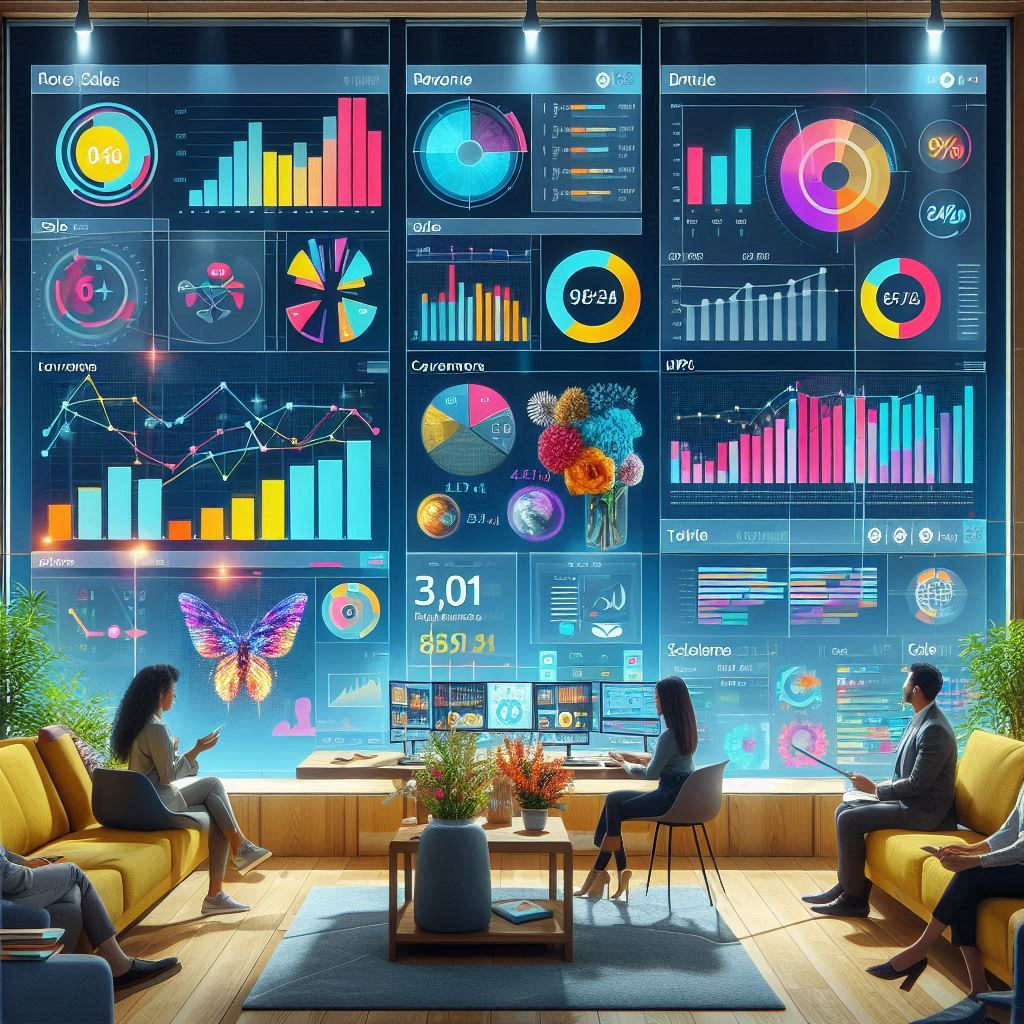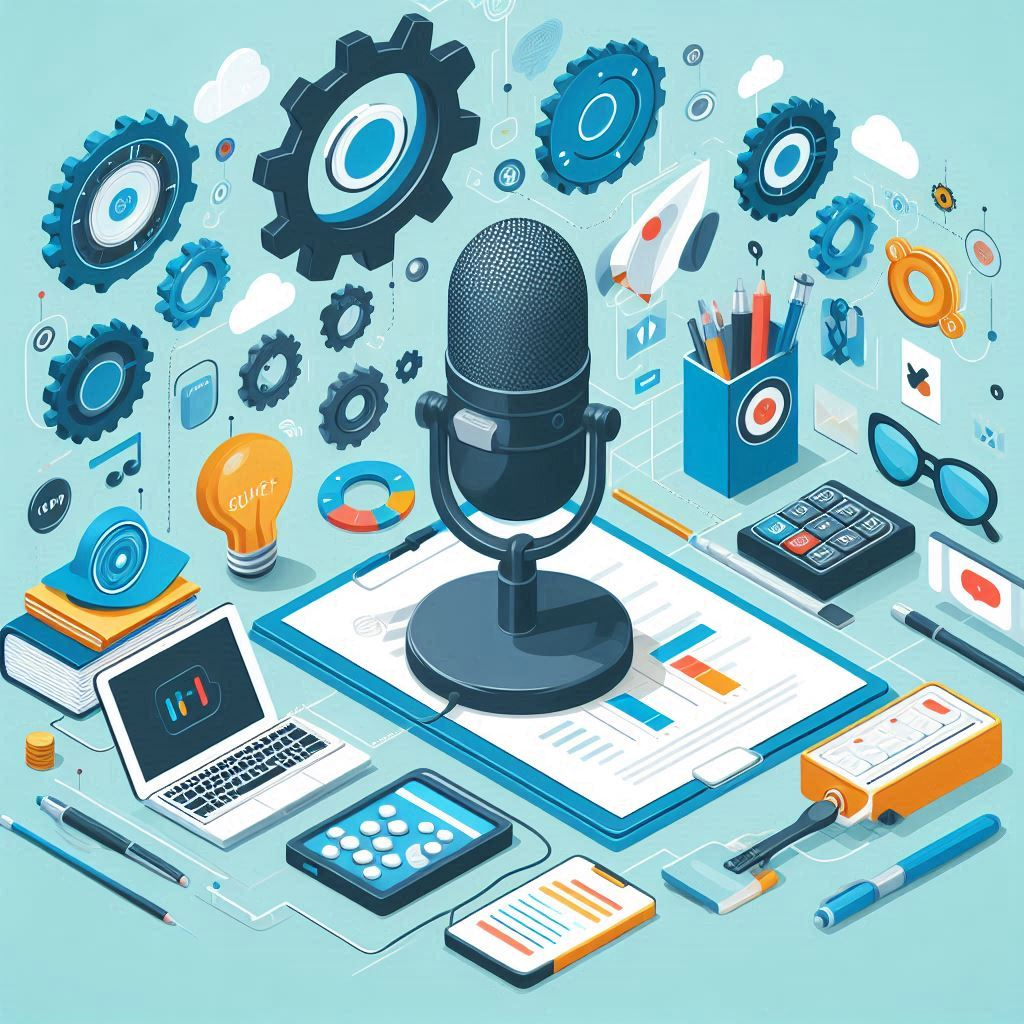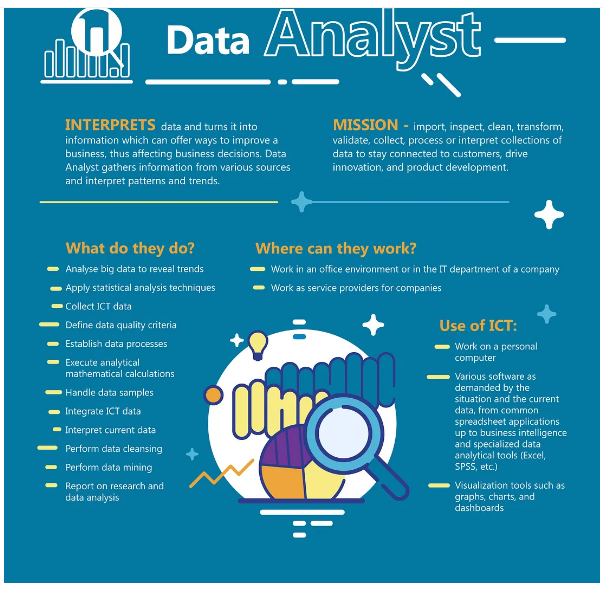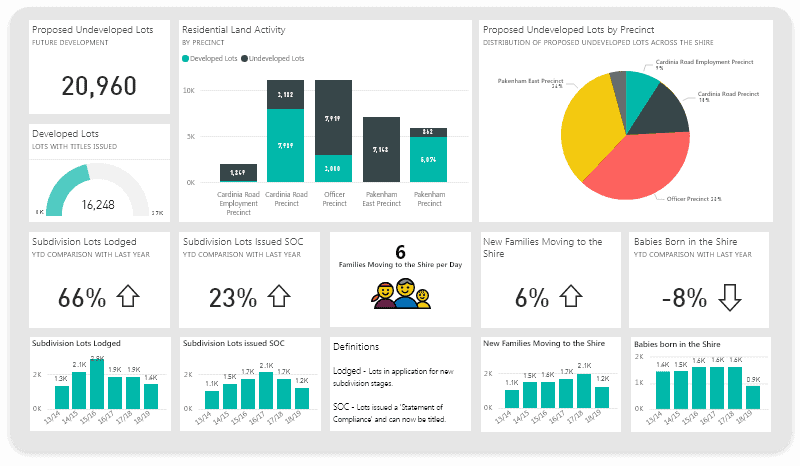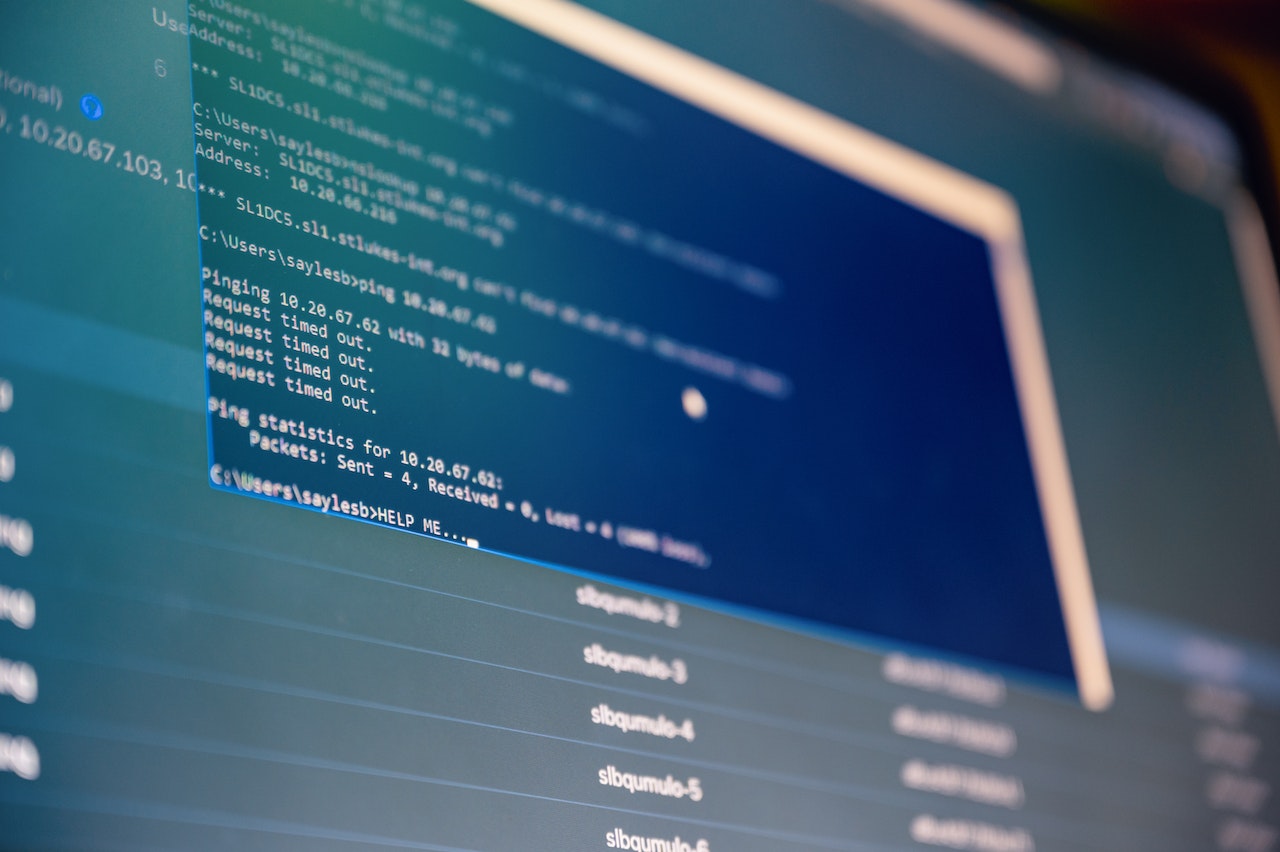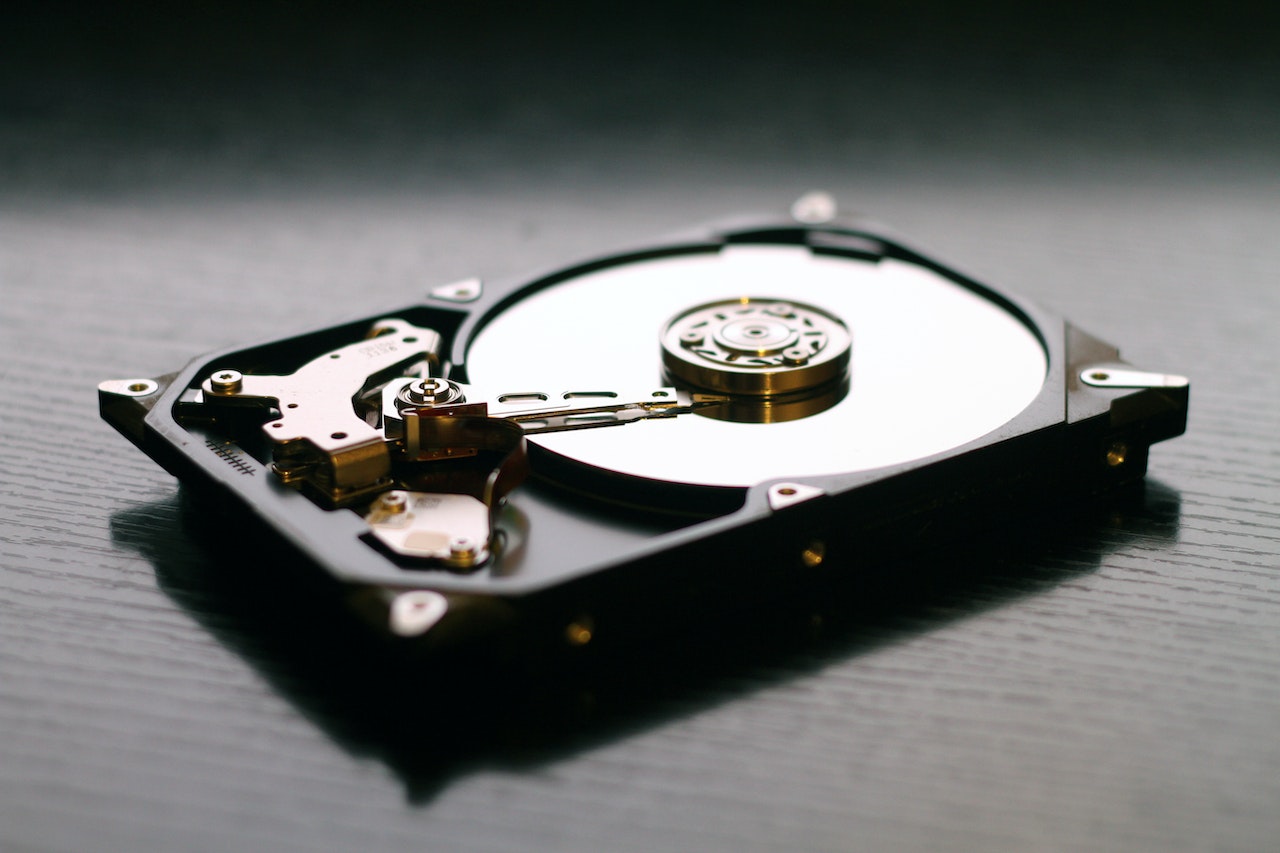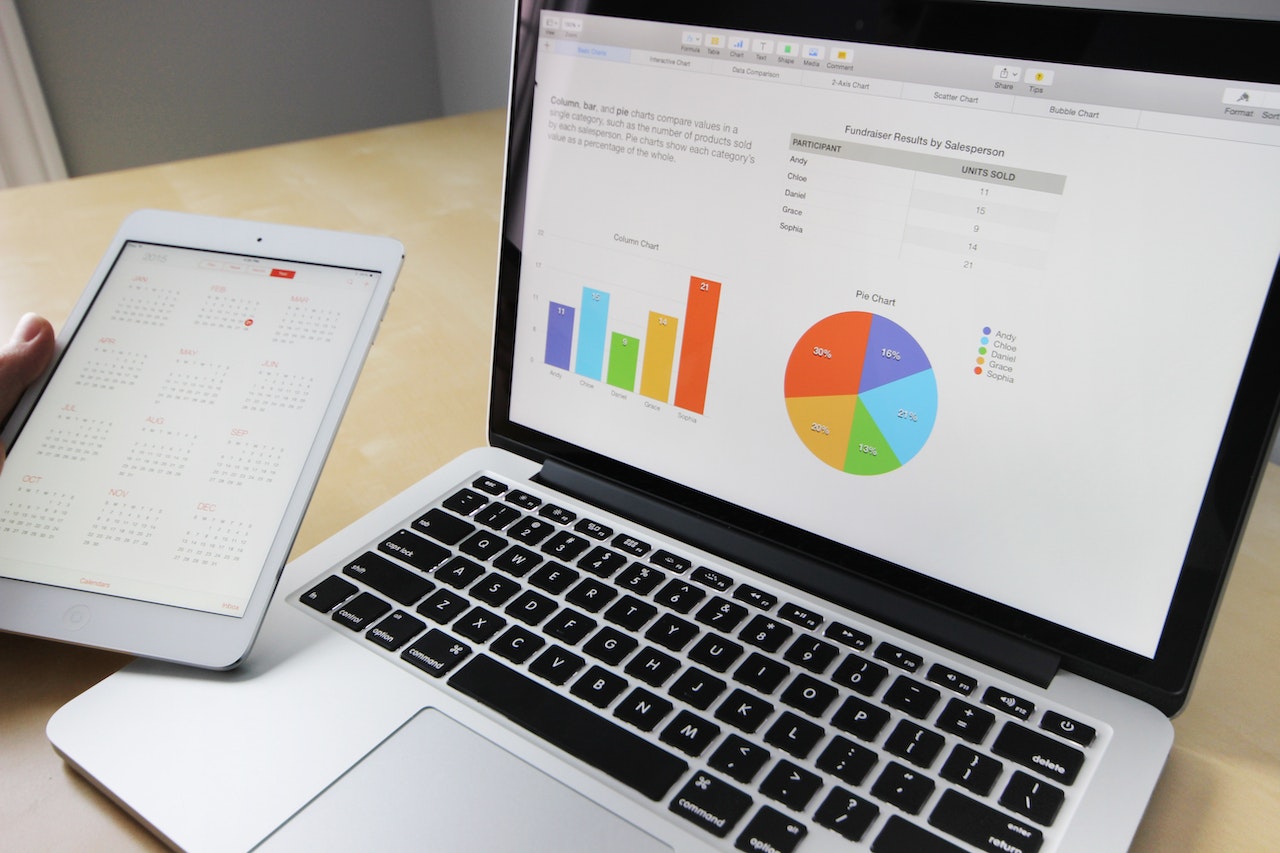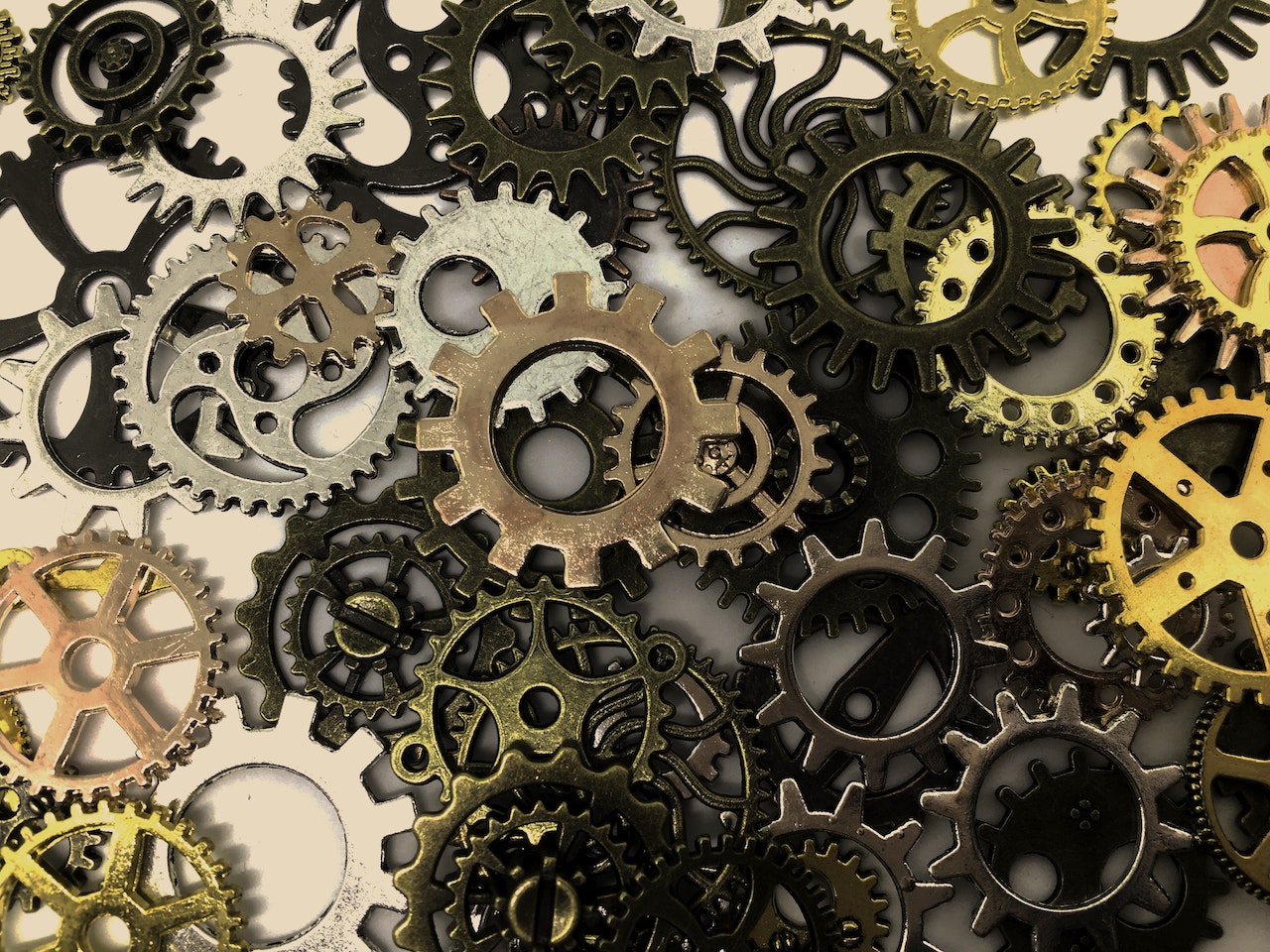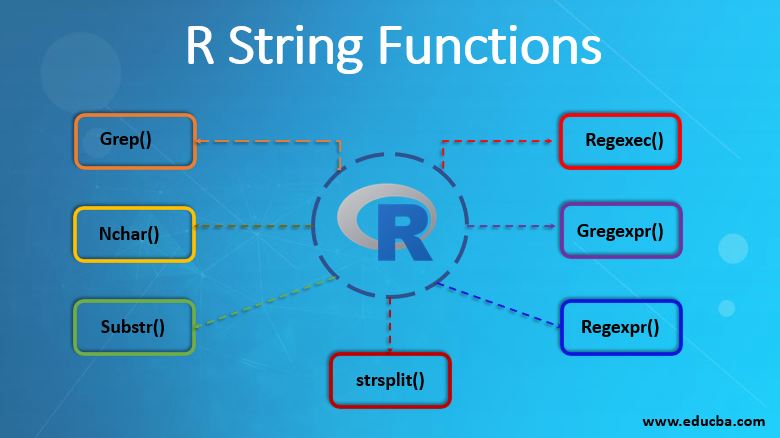Data analysts use a variety of tools and skills to collect, clean, analyze, and visualize data. Some of the most common data analyst tools include:
- Programming languages: Python and R are the most popular programming languages for data analysis. Python is a general-purpose language that is easy to learn and has a wide range of libraries and tools available. R is a statistical programming language that is widely used in the data science community.
- Database languages: Data analysts need to be able to interact with databases to store and retrieve data. The most popular database languages are SQL and NoSQL. SQL is a relational database language that is used by the majority of traditional databases. NoSQL databases are non-relational databases that are designed to handle large and complex datasets.
- Data visualization tools: Data visualization tools are used to create charts and graphs that communicate data findings in a clear and concise way. Popular data visualization tools include Tableau, Power BI, and QlikView.
- Machine learning algorithms: Machine learning algorithms are used to develop models that can predict future outcomes or identify patterns in data. Popular machine learning algorithms include linear regression, logistic regression, and decision trees.
In addition to the tools listed above, data analysts also need to have a strong understanding of the following data analysis concepts:
- Data cleaning: Data cleaning is the process of identifying and correcting errors in data. This is an important step in any data analysis project, as it ensures that the data is accurate and reliable.
- Data exploration: Data exploration is the process of analyzing data to identify trends and patterns. This can be done using a variety of methods, such as statistical analysis, visualization, and machine learning.
- Data storytelling: Data storytelling is the process of communicating data findings in a clear and concise way that is easy for both technical and non-technical audiences to understand.
Data analysts use these tools and skills to help businesses make informed decisions. For example, data analysts can use data to identify trends in customer behavior, develop new products and services, and improve operational efficiency.
Here are some additional skills that are valuable for data analysts:
- Communication skills: Data analysts need to be able to communicate their findings to both technical and non-technical audiences. This requires being able to write clear and concise reports and presentations.
- Problem-solving skills: Data analysts need to be able to identify and solve problems. This requires being able to think critically and creatively.
- Business acumen: Data analysts need to have a good understanding of business concepts and principles. This helps them to identify the most important data to analyze and to communicate their findings in a way that is relevant to the business.
Conclusion
Data analysts use a variety of tools and skills to collect, clean, analyze, and visualize data. These skills are in high demand, as businesses are increasingly relying on data to make informed decisions.








